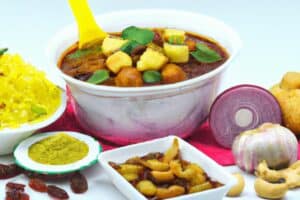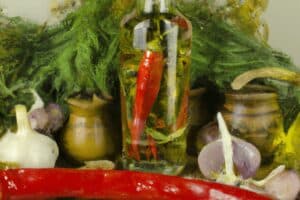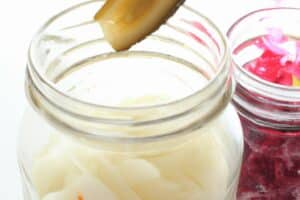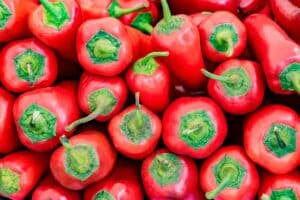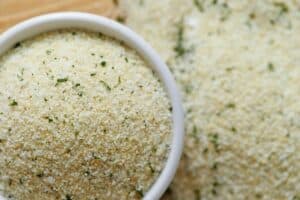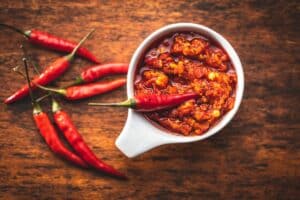Color plays an essential role in food. After all, you feast with your eyes before you take your first bite. Fortunately, if you’ve run out of red food coloring, there are several substitute for red food coloring that you can use.
The best alternative is to mix other food coloring to achieve the most similar look. Natural alternatives can produce a softened, muted look, and they can also add nutritional benefits and delicious flavors to a dish.
There’s a lot of experimenting you can do with food coloring. Don’t be afraid to explore your options and see what sorts of red hues you can create.
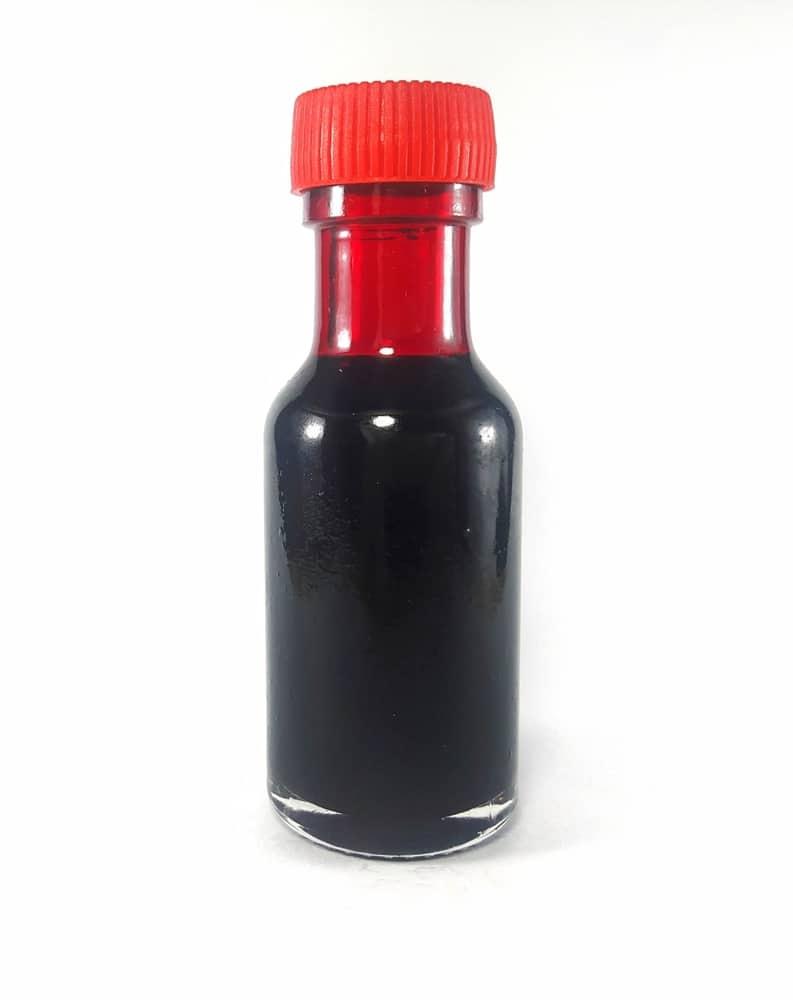
Recommended Substitute for Red Food Coloring
When experimenting with food coloring, remember to wear gloves to avoid dyeing your hands. Also, wear clothes that you don’t mind getting stained.
1. Mix Pink and Black Food Coloring
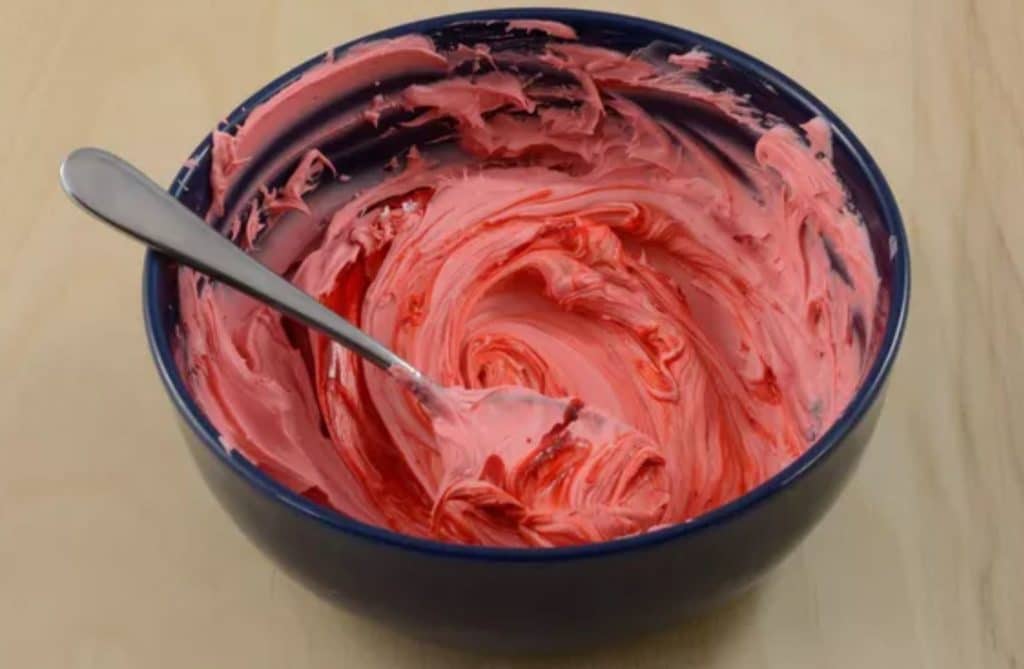
If you’ve simply run out of red food coloring but have other colors available, you can mix pink and black to make red. This method is the best way to achieve a deep red color without affecting the taste of your food.
All you need is ¼ teaspoon of pink food coloring and five drops of black food coloring. This combination achieves a similar color to standard red food coloring, but you can adjust the ratios for different shades of red.
2. Beets

Beet juice is a popular red food coloring substitute because it produces the best results out of other natural red food coloring substitutes. It’s also very healthy and contains a lot of fiber, magnesium, and potassium.
All you need to make beet food coloring is water and three beets.
First, peel and chop the beets roughly into 1-inch cubes. Next, place the beets in a large pot and pour water until about two inches of water cover them.
Bring the water to a boil and then reduce the heat to a simmer. Let the beets continue to cook until you can easily pierce them with a fork. They should turn into a lighter shade of red.
Let the mixture cool to room temperature. Then, pour it into a blender and blend until the mixture is smooth and without chunks.
Pour the mixture into a strainer over a large bowl. Use a spoon to press down on the beets to extract more liquid.
You’ll have to experiment with the measurements to get the exact color that you want. Also, keep in mind that different batches of beet food coloring won’t be uniform. Their hues may vary slightly.
Beet juice can also affect the taste of your food. Therefore, it’s best to use beet juice food coloring in savory dishes like soups because they have an earthy flavor.
3. Cranberries

Cranberries are a great natural red food coloring alternative for baking or cooking anything sweet. You can use fresh or frozen cranberries.
Place 2 cups of cranberries in a pot and pour water until the cranberries are covered. Then, let the pot simmer for about 15 minutes.
After 15 minutes pass, use a fork to check if the cranberries have softened completely. If they are soft, turn off the heat and use the fork to mash them. Then, let the mixture sit for 25 minutes.
Once the 25 minutes are up, pour the mixture into a strainer above a large bowl. The dye is now ready for use.
Cranberry dye has a tart taste, so you can sweeten it up with sugar and use it to color desserts. You can also use it to flavor icing, similar to lemon icing.
4. Pomegranate Juice

Anyone who ever tried to extract pomegranate seeds will know that it can quickly become a red mess. Therefore, this fruit is a fairly obvious choice for making red dye.
All you need is 1½ cups of pomegranate seeds and ½ cup of water. Place the pomegranate seeds and water in a pot, and bring it to a boil. The water will turn red, and it’s ready to use as a dye.
If you want a more concentrated dye, you can crush or blend the pomegranate seeds in a blender and strain the mixture.
Use this dye sparingly because it has a strong flavor. It will work best in sweet desserts, beverages, or salad dressings.
5. Red Freeze-dried Fruits
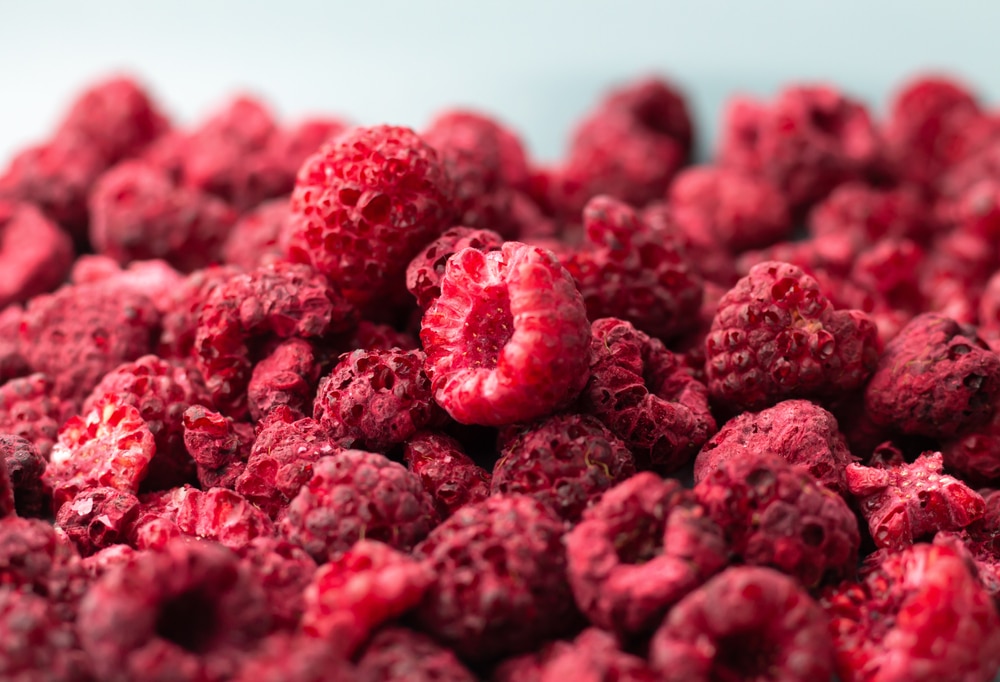
Freeze-dried fruits are a great alternative because you can find them at most grocery stores, and they’re easy to turn into a dye.
Here are some popular freeze-dried fruits that produce red coloring:
- Strawberries
- Cherries
- Raspberries
- Dragon fruit
- Goji berries
If you want to try using freeze-dried fruit as a dye, all you need is a blender or spice grinder. Blend the freeze-dried fruits into a fine powder, and it’s ready to use.
You can mix the powder with batter, frosting, or sauces. It’s important to note that freeze-dried fruits often dye pretty lightly, so you might end up with more of a bright red or dark pink color.
If you want to try to darken the shade of red, you’ll have to incorporate a lot more powder, which will greatly affect the flavor of the dish. Therefore, it’s best to use this method for dishes that have the fruit as the main ingredient.
For example, if you’re making strawberry cake and want to deepen the color of the cake batter, powdered freeze-dried strawberries are a great match.
Frequently Asked Questions
There are many questions surrounding red food coloring, and you might also run into some mishaps with both synthetic and natural food coloring.
Here are some common concerns that people have when working with red food coloring.
Many large food companies mainly use two types of red food coloring: Red Dye 40 and carmine. Artificial food coloring, like Red 40, have become controversial because of potential health risks. Carmine also received a lot of attention in 2012 as people became more aware that it’s crushed cochineals.
Red 40 is an artificial food coloring made from petroleum. It also goes by the following names:
1. Red 40 Lake
2. Red Dye 40
3. FD&C Red No. 40
4. FD&C Red No. 40 Aluminum Lake
5. Allura Red AC
6. CI Food Red 17
7. INS No. 129
8. E129
Today, the US Food and Drug Administration (FDA) approves Red 40 as safe for consumption and deems that it doesn’t pose any significant health risks. However, this food dye remains controversial because it has links to affecting people’s health and wellbeing.
According to the Center for Science in the Public Interest (CSPI), a consumer advocacy organization, Red 40 can cause hypersensitivity reactions in a small population of people.
Studies also show that Red 40 may cause behavioral symptoms in children with ADHD. However, there has to be more research to provide a more conclusive statement on this cause-and-effect relationship.
Carmine is a natural food dye sourced from cochineals, an insect native to South America.
Cochineals live on cacti and consume red berries from the cacti, which is where they get their red coloring. Farmers harvest cochineals and process and finely grind them.
There are rare cases where people may have an allergic reaction to carmine, but it’s a safe and natural dye. However, it’s not vegan, and it also doesn’t fit kosher and halal diets.
If you want to avoid products with carmine, make sure to check ingredient lists for its other names:
1. Carminic Acid
2. Cochineal
3. Cochineal Extract
4. Crimson Lake
5. Natural Red 4
6. CI 75470
7. E120
If you accidentally get food coloring on your clothes, you can usually get the stain removed. A popular method is using white vinegar and dish soap.
Mix one cup of cold water, one tablespoon of white vinegar, and one teaspoon of dish soap. Submerge the stained part of your clothes in this mixture for 15 minutes. Then, rinse the garment under cold water.
Food coloring typically fades in about two days. If you want to rush the process, you can try using vinegar to remove stains from your hand. Dampen a piece of cloth with white vinegar. Make sure it’s something that you don’t mind getting dirty. Use the cloth to buff away the stain from your fingers gently.
If you don’t have vinegar, you can try using baking soda. Mix baking soda with water until it forms a paste. Scrub your fingers with the past and rinse it off.

